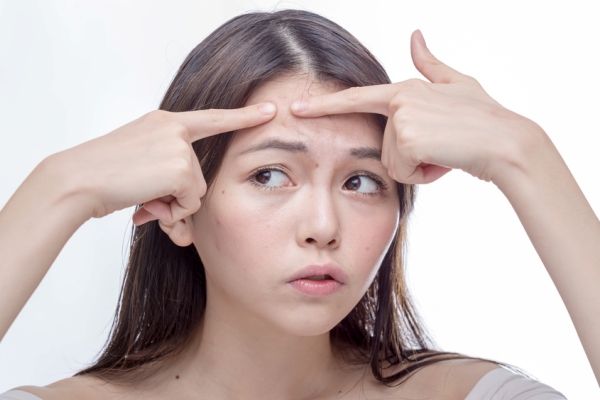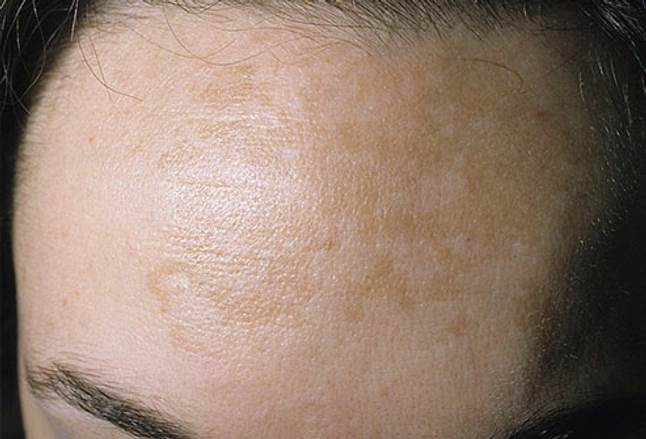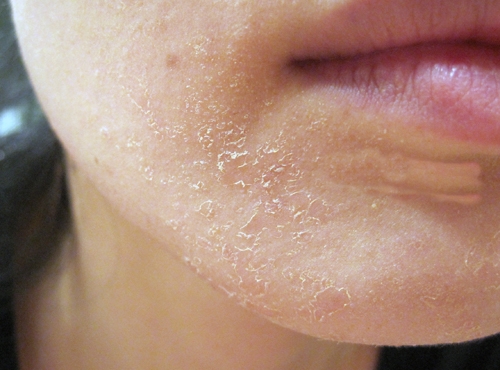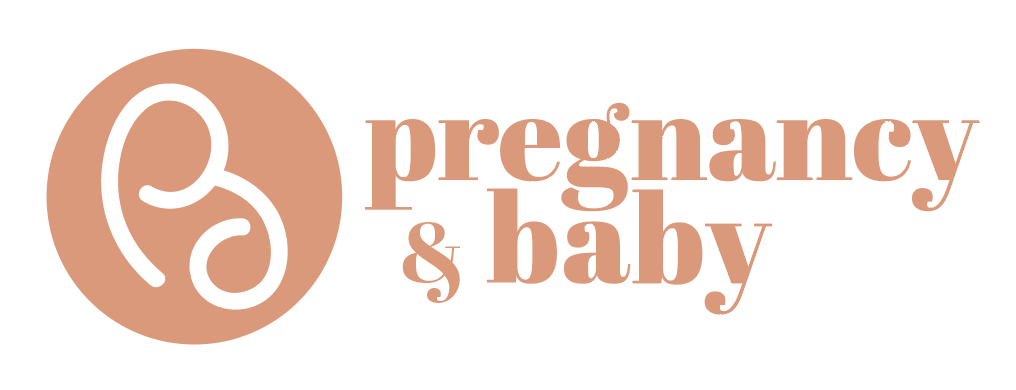

Image credit: Gurl
You might not be prepared for the effect of post-pregnancy hormones on your once-glowing pregnancy complexion.
Some mothers experience drastic skin changes once they’ve delivered their baby. And it definitely does not help that the sleep deprivation will be evident through the dark circles round your eyes!
Post-pregnancy hormones can show up at the most annoying times, but there are ways to minimise and correct these problems! Here are the safest and most effective treatments:
1. Melasma
Cause: UV exposure, genetics and elevated estrogen and progesterone levels combine to create a darkening of skin on lighter-toned faces or lighter patched on darker skin.
What it looks like: Otherwise known as the “mask of pregnancy”, pigment typically collects around the cheeks, forehead, eyes and sometimes around the mouth.

Is it permanent? While some of the hyperpigmentation will fade once you’ve delivered, the discolouration never goes away completely.
Treatments: Apart from spamming your face with sun block, you’ll need to reapply consistently if you’re exposed to the sun often. Or even if you’re just sitting near a window. Products containing ingredients like kojic acid (speak to your doctor if you are breastfeeding), rice bran and vitamins C, E and A (safe for nursing mothers) in lower concentrations will help brighten and refresh your complexion.
2. Hormonal acne
Causes: High levels of progesterone and estrogen fluctuations lead to increased sebum production and clogged pores.
What does it look like: It typically affects the neck and lower area of the face and often presents itself as raised red bumps that can be painful to the touch.

Is it permanent? It can disappear within a few months.
Treatments: Products with benzoyl peroxide, to penetrate clogged pores and extracts impurities, as a safe option during and after breastfeeding. But for women experiencing painful, cystic acne that won’t go away, visiting a dermatologist is your best bet.
3. Facial spider veins
Cause: Increased blood circulation and hormone levels highlight facial veins in a spider-like effect.
What they look like: Small reddish blood vessels branching out around the face (commonly around the nostrils and cheeks), neck and upper body.

Is it permanent? Many women notice a diminished effect four to six months post-birth, while some may need to seek treatment to lessen their appearance.
Treatments: Try red raspberry extract, a bioflavinoid- and plant hormone-rich ingredient that works to strengthen vessels (and it’s safe if you are nursing). She also advises using emollients like shea butter and olive or plant oils to keep skin soft.
4. Flaky, dry skin
Cause: Hormonal changes can sap skin of lipids during and immediately following pregnancy, leading to moisture-sapped patches on the face.
What it looks like: Sections of dry, red and somewhat leather-like skin, on cheeks, nose and mouth.

Is it permanent? Because skin is lacking hydration, the sooner you restore moisture levels, the sooner your complexion will return to normal.
Treatments: Reduce dryness and inflammation is by using mild cleansers and moisturising effects. Read the ingredient label to make sure they’re fragrance-free, additive-free and non-comedogenic, and always protect skin from damaging UV rays with broad-spectrum protection. For especially raw areas, use a hydrating lotion with natural lipids like shea butter or jojoba seed oil, and for very red patches, look for products containing sea buckthorn.
For more pregnancy and childcare tips, subscribe to our mailing list and like us on Facebook, to receive new articles for mummies like you every week!
Copyrighted Pregnancy & Baby by Mummys Market 2019


